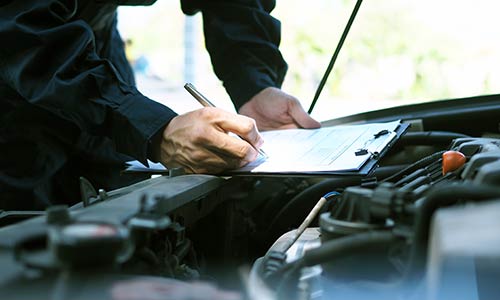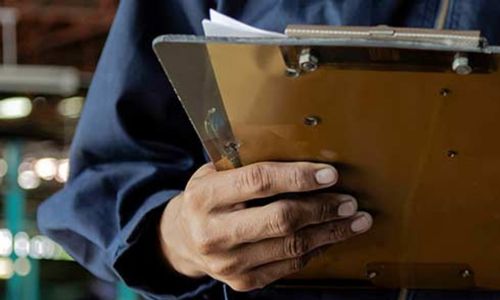
MOT exemption
Last updated January 20, 2023
Most UK motorists are legally obliged to ensure that their car always has an up-to-date MOT certificate. Annual MOT testing is a legal requirement for most cars over three years old and helps to ensure that they are safe to drive.
However, there are some circumstances in which a vehicle may be exempt from requiring an MOT certificate. In this guide, we will explain the criteria for exemption from the MOT test – and the process to follow to secure exemption for an eligible vehicle.
Value your car in under 30 seconds
What cars are exempt from MOT?
Your car may qualify for exemption from the MOT test if it meets certain age-related criteria and other specific requirements. However, vehicles do not automatically become exempt, even if they meet these criteria; you must first apply for MOT exemption, if you believe that your vehicle is eligible.
The requirements for car MOT exemption are highlighted below:
Car MOT exemption ages
-
Under 3 years old
If your car is under 3 years old, you don’t need to worry about an MOT test just yet. You can book an MOT for peace of mind, but there is no legal requirement to do so.
-
Over 3 years old
Any car that is over three years old (and not MOT exempt) is legally required to be MOT tested once a year.
-
40+ years old
Any car that is over 40 years old is eligible for MOT exemption (with just a few exceptions). This is on the condition that they are kept in a safe and roadworthy state – and have not had any ‘substantial changes’ made to them in the last 30 years.
If you own a car that is over 40 years old, you may also be eligible for ‘classic car tax exemption’.
Substantial changes
If your car reaches the 40+ age threshold for MOT exemption but has had ‘substantial changes’ made to it in the last 30 years, you are still required to take it for an MOT test every year.
What is considered a substantial change?
A substantial change is any structural alteration to the vehicle that replaces one of its key parts (the chassis, body, axles, engine, etc.) – or changes the way that the vehicle works.
What doesn’t count as a substantial change?
Superficial alterations, such as paint jobs, new tyres, replaced windscreens, etc., are not considered substantial changes. If you are unsure whether a change to your historic vehicle counts as a substantial change, take a look at the Department for Transport’s MOT exemption criteria for historic vehicles.
Other MOT exempt vehicles
Tractors are exempt from MOT testing, as well as goods vehicles that are powered by electricity and registered before 1st March 2015. Some large vehicles such as lorries, buses and trailers are also MOT exempt but are still required to pass an ‘annual vehicle test’ to confirm that they are roadworthy.
How to apply for MOT exemption
If your car is eligible for MOT exemption, you should download, print and complete a copy of the V112 form via the DVLA website and present it at your local Post Office to declare exemption from MOT testing.
When visiting your local Post Office branch, you’ll need to take your V5C logbook, your vehicle tax reminder letter (or V11), your last valid MOT certificate - and, in Northern Ireland, an insurance certificate or cover note. You can still use your vehicle while this application is being processed.
My car is MOT exempt, should I still have it tested?
Even if your car is MOT exempt, you should still consider booking it in for an MOT for your own safety and peace and mind. Whilst ‘classic car’ owners aren’t legally required to hold an MOT certificate, they do have a responsibility to ensure that their car is roadworthy and safe to drive. This means that the brakes, tyres, mirrors etc. should all be in good working order.




